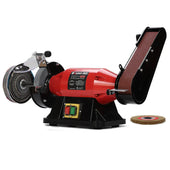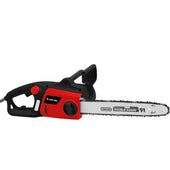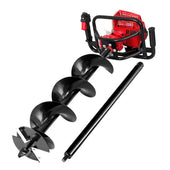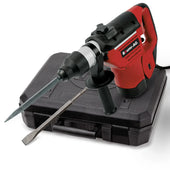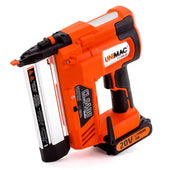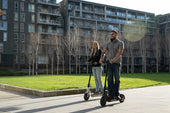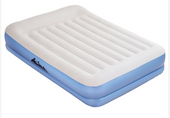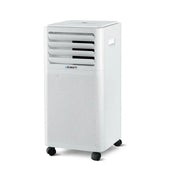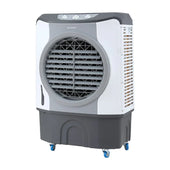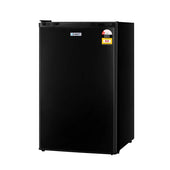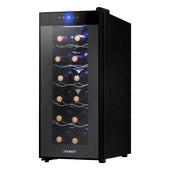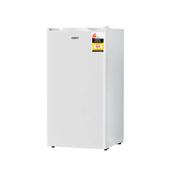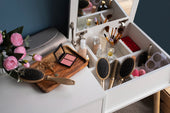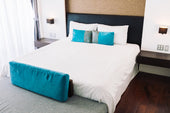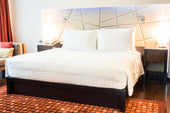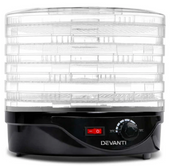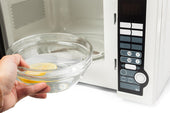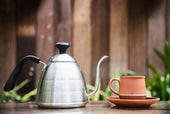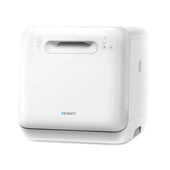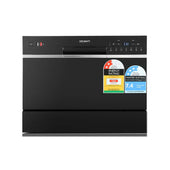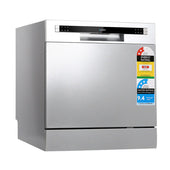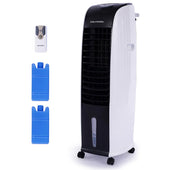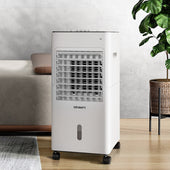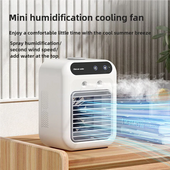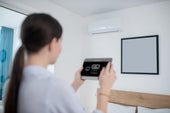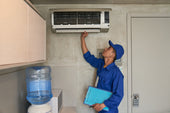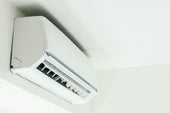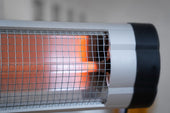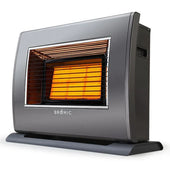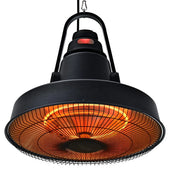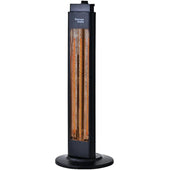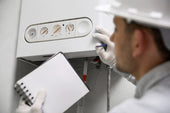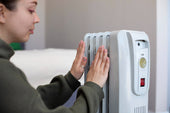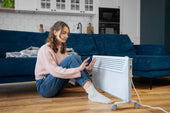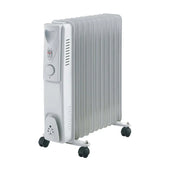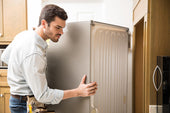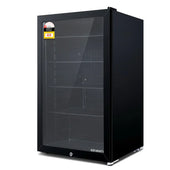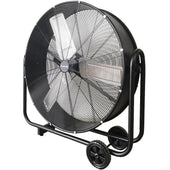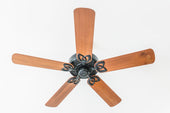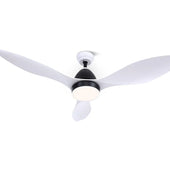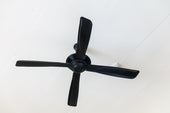Introduction: Understanding the World of Bidets
Bidets have evolved significantly from their traditional standalone versions into versatile fixtures designed for modern bathrooms. They offer solutions for personal hygiene, aiming to provide comfort and cleanliness while reducing dependency on toilet paper. Various types of bidets cater to different needs, preferences, and budgets, making it essential to understand their distinctions.
Common Types of Bidets:
- Bidet Seats: Replace the existing toilet seat, offering built-in features like heated options, water temperature control, and even air drying.
- Bidet Attachments: Attach beneath the current toilet seat, delivering basic functionality without replacing existing fixtures.
- Standalone Bidets: Separate units requiring additional plumbing, traditionally designed for dedicated washing.
Choosing the right bidet depends on factors such as cost, installation requirements, bathroom space, and personal preferences. With a wide array of features available, exploring their differences ensures an informed decision.
What Are Bidet Seats? Features and Benefits
Bidet seats are advanced toilet seats that integrate bidet functions, offering a hygienic and comfortable alternative to traditional toilet paper. They are designed to replace standard toilet seats and are equipped with various features for added convenience.
Key Features of Bidet Seats:
- Built-in Nozzles: Adjustable cleaning nozzles provide targeted water cleansing.
- Heated Seats: Many models include heating for enhanced comfort during use.
- Customisable Settings: Water pressure, temperature, and nozzle positioning are adjustable.
- Drying Functions: Air dryers eliminate the need for toilet paper.
- Self-Cleaning Nozzles: Automatic cleaning systems maintain hygiene.
- Night Lights: Some feature LED lights for nighttime visibility.
- Remote Controls: Wireless remotes or control panels simplify operation.
These features deliver a more hygienic and eco-friendly bathroom experience, combining luxury with practical benefits. They are ideal for individuals seeking a modern, all-in-one solution.
Exploring Bidet Attachments: Compact and Affordable Options
Bidet attachments provide a straightforward option for those seeking affordability and flexibility. Designed to be installed under an existing toilet seat, they allow users to enjoy enhanced hygiene without replacing their current setup. Their compact size suits small bathrooms, making them ideal for renters or households with limited space, especially During Days when convenience and adaptability are essential.
Key features often include adjustable water pressure, simple controls, and dual-nozzle systems for different cleaning options. They typically require no electricity and are easy to install, with most models connecting directly to the toilet's water supply.
While attachments lack advanced functionalities like heated seats or air drying, they deliver essential functionality at a fraction of the cost.
Standalone Bidets: The Classic and Traditional Choice
Standalone bidets are separate bathroom furniture fixtures specifically designed for personal hygiene. Often placed next to a traditional toilet, these fixtures provide a dedicated space for cleansing. They are particularly common in European and some Asian countries, reflecting a long history of usage.
Standalone bidets typically require additional floor space, making them more suitable for larger bathrooms. They utilise tap water, allowing for customisation of water temperature and pressure. Unlike modern attachments or bidet seats, standalone options do not integrate into the toilet itself, offering a discreet and hygienic alternative.
Although installation may require plumbing expertise, their classic design and functionality appeal to those seeking a timeless bathroom addition.
Comparing Installation: Which Option Fits Your Bathroom Setup?
Different types of bidets require varying levels of installation effort, tools, and compatibility checks, making it essential to evaluate your bathroom's setup before choosing.
1. Bidet Seats
- Installation Process: Replacing your existing toilet seat, bidet seats require a power outlet nearby for electric models.
- Compatibility: Most are designed for standard toilets but may not fit unique shapes like square or wall-hung types.
- Consideration: Professional assistance may be needed if a power source or plumbing adjustments are required.
2. Bidet Attachments
- Installation Process: Simple to install below the existing seat without replacing it.
- Compatibility: Suited for most toilet types, though edge designs may pose limitations.
- Consideration: Requires control lever space, which could conflict with compact bathrooms.
3. Standalone Bidets
- Installation Process: A standalone bidet demands a dedicated plumbing line and sufficient floor space.
- Compatibility: Best suited for homes with larger bathrooms and existing plumbing infrastructure.
- Consideration: Requires professional installation and may not integrate easily into smaller bathrooms.
Understanding these differences aids in determining the most practical option for your bathroom configuration.
Cost Breakdown: Upfront and Long-term Expenses to Consider
When evaluating bidet seats, attachments, and standalone units, costs vary depending on the product's complexity and features.
- Bidet Seats: These typically require a higher initial investment, ranging between £200 and £800. Additional expenses could include professional installation and potential electrical upgrades. Long-term costs include water usage and replacing parts like nozzles or heating elements.
- Bidet Attachments: With prices between £20 and £150, these are more affordable upfront. They rarely require installation fees. Maintenance costs are minimal but may involve replacing hoses or connectors.
- Standalone Bidets: Starting at £250, standalone options can exceed £1,000, often necessitating plumbing work. Long-term expenses include water usage and infrequent repairs.
Functionality and Features: Tailoring the Experience to Your Needs
Understanding functionality and features of bidet seats, attachments, and standalone models is crucial for selecting the option that aligns best with personal preferences and household needs.
- Bidet Seats: These often boast extensive features such as adjustable water pressure and temperature, heated seats, and air dryers. Many incorporate remote controls and preset modes for customisation.
- Bidet Attachments: Typically offer basic functionality like water spray adjustment, but lack advanced features due to their minimalist design.
- Standalone Bidets: Require manual control over water flow and position, but feature simple, traditional operation that appeals to certain users.
The level of automation and convenience varies significantly, making it essential to identify which features matter most for individual comfort and utility.
Space Requirements: Evaluating Your Bathroom's Layout
When considering a bidet option, assessing the bathroom's layout is crucial to ensure compatibility and functionality. Different styles of bidets demand varying amounts of space, so understanding these needs is essential.
- Bidet Seats: These replace an existing toilet seat and require no additional floor space, making them ideal for compact bathrooms. However, they require proper toilet compatibility and access to an electrical outlet if they include advanced features.
- Bidet Attachments: As add-ons to the existing toilet, they are space-saving and do not alter the bathroom footprint. They may require some clearance between the toilet seat and cistern for installation.
- Standalone Bidets: These require separate floor space alongside the toilet and may not suit smaller bathrooms. Their setup also generally requires dedicated plumbing for water supply and drainage.
Evaluating the available space alongside these installation requirements ensures a seamless integration of the chosen bidet solution.
Cleaning and Maintenance: Ease of Care Across Bidet Types
Proper cleaning and maintenance are crucial for bidets to ensure hygiene and functionality. Bidet seats often feature self-cleaning nozzles, which minimise manual effort. Some advanced models also come with detachable nozzles and antibacterial materials, simplifying upkeep.
Bidet attachments usually require wiping the nozzle manually and occasional deep cleaning since they lack self-cleaning mechanisms. Their simpler design, however, makes them easy to access and clean.
Standalone bidets often require thorough scrubbing, as both the basin and plumbing components need regular maintenance. Their larger size and additional parts, like taps and drains, make them more labor-intensive compared to other types. Frequent cleaning prevents mineral build-up and maintains their aesthetic appeal.
Sustainability and Water Usage: Eco-Friendliness of Each Option
When examining the eco-friendliness of bidet solutions, water usage and sustainability are key factors.
- Bidet Seats: These typically use more water than attachments due to features like heated seats or adjustable water pressure. However, they significantly reduce toilet paper consumption, contributing to environmental conservation.
- Bidet Attachments: These are more water-efficient due to their streamlined design, lacking advanced features. Their minimalistic approach makes them eco-conscious and ideal for energy-saving households.
- Standalone Bidets: These require substantial water for operation as they resemble a separate sink. Despite reducing toilet paper use, their higher water consumption may offset the sustainability benefits for some users.
Overall, each option varies in balancing water efficiency and environmental impact.
Comfort and Hygiene: Which Option Provides the Best Experience?
When comparing bidet seats, attachments, and standalone units, comfort and hygiene play a central role. Bidet seats often provide advanced features, such as heated seats, adjustable water pressure, and warm air drying, ensuring personalised comfort. Attachments, while simpler, focus on offering basic water spraying functions and may lack additional features for enhanced experience. Standalone bidets demand a separate installation but excel in delivering in-depth cleansing due to their dedicated water jet designs.
For hygiene, bidet seats and standalone units tend to rank higher due to improved nozzle positioning and cleaning options, whereas attachments may be more limited in customisation and nozzle efficiency.
Design and Aesthetics: Matching Your Bathroom's Style
The choice between bidet seats, attachments, and standalone units plays a pivotal role in maintaining the harmony of your bathroom’s design. Each option offers distinct aesthetic characteristics that cater to a variety of design preferences.
- Bidet Seats: These often come in sleek, modern designs with integrated features like adjustable controls, blending seamlessly with contemporary bathrooms.
- Attachments: Compact and discreet, attachments are ideal for minimalist or smaller spaces, providing functionality without overcomplicating the look.
- Standalone Bidets: These are available in a variety of styles, from vintage-inspired to modern aesthetics, making them suitable for traditional or spacious bathrooms.
Choosing the right option ensures both utility and a visually pleasing integration with existing bathroom decor.
Addressing Specific Needs: Families, Elderly, and Limited Mobility
For families with children, selecting the right bidet system ensures hygiene for all ages. Bidet seats often feature adjustable settings and soft sprays, making them suitable for delicate skin. Parents may find this helpful for potty training.
For elderly individuals, comfort and ease of use are important. Bidet seats, equipped with heated water, dryers, and remote controls, can reduce strain and provide a more independent bathroom experience. Standalone bidets may pose difficulties due to mobility challenges, while attachments lack advanced features.
People with limited mobility benefit from accessible designs like bidet seats with raised seating and hands-free options. Such features can reduce cleaning difficulties and enhance comfort when compared to attachments or standalone units.
Pros and Cons Recap: Choosing the Best Bidet for Your Lifestyle
When deciding between bidet seats, attachments, and standalone units, each option has distinct advantages and drawbacks. Assessing these can help match the best solution to your needs and living situation.
Bidet Seats
- Pros: Comprehensive features like heated water, adjustable settings, and drying functions; sleek integration.
- Cons: Higher cost; requires electricity and professional installation.
Bidet Attachments
- Pros: Affordable and easy to install; fits most standard toilets.
- Cons: Limited features; no heating functions.
Standalone Bidets
- Pros: Elegant design; allows complete separation from the toilet.
- Cons: Extensive space and plumbing requirements; highest upfront costs.
Factor in budget, features, and installation ease to align with individual preferences.
Conclusion: Finding the Perfect Bidet Solution for You
Choosing the right bidet solution requires balancing personal needs, bathroom setup, and budget. Each option offers unique functionalities that cater to different preferences:
- Bidet Seats provide advanced features like heated seats, drying functions, and customisable settings. They suit those seeking a premium experience but require compatible toilet models.
- Bidet Attachments are cost-effective and easy to install, ideal for users prioritising affordability and simplicity without sacrificing core cleansing benefits.
- Standalone Bidets deliver a traditional and luxurious feel but need more space and plumbing changes, making them a better fit for larger bathrooms.
By aligning features with priorities, users can achieve an ideal solution suited to their lifestyle.



